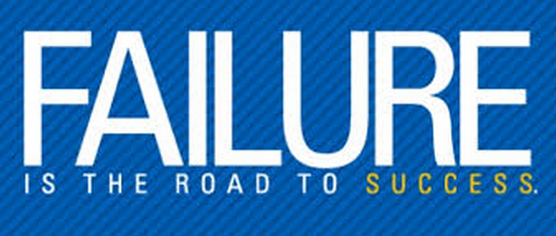Tag: learning
Math Website: An Effective Technology to Enhance Math Learning
In the present age of digital technology, building a math website, or any website is an effective technique to reach a wide range of customers by showcasing a range of products and services through online platforms. The learning management platforms are also using this technique to represent their offers and benefits in providing education through…
Learning Creativity, Change, and Our Education System
Have you ever done any reading about learning creativity or ways to improve our educational system? Unless you walk out into the unknown, the odds of making a profound difference are pretty low. – Tom Peters One of the outside interests of this agency is learning creativity. We want to start this article with a…
Success Enablers of Highly Creative Leaders
Do you often follow your intuition? Do you consider it a success enabler of highly creative leaders? Let’s investigate what these success enablers are especially for highly creative leaders. There is a wide consensus in industry and academia that creativity is a key requisite to master today’s business challenges. A recent CEO survey by IBM…
